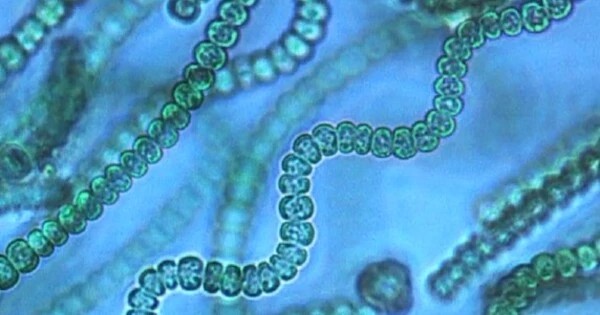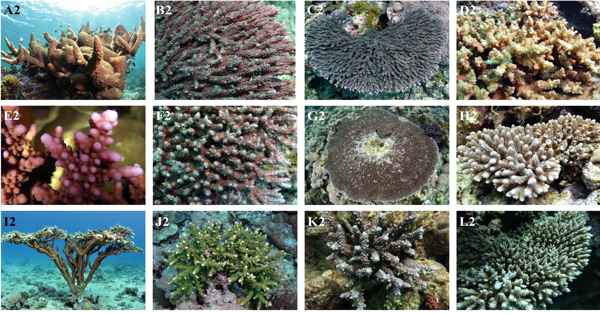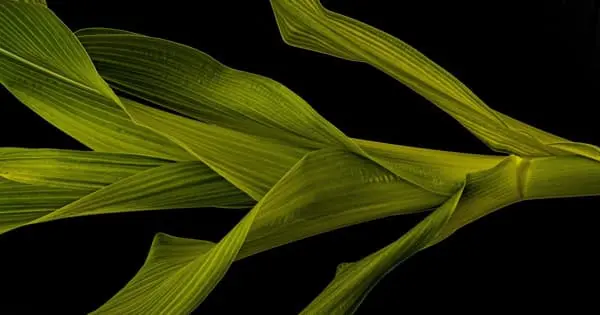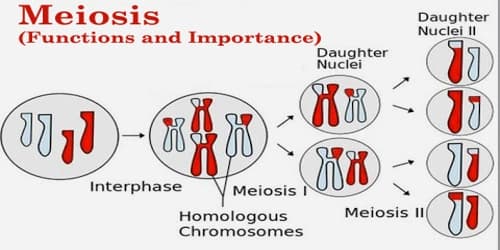A cyanobiont is a term used to describe lichens. Cyanobionts are cyanobacteria that coexist with a variety of organisms, including terrestrial and aquatic plants, as well as algal and fungal species. Lichens are composite organisms made up of a fungus (the mycobiont) and a photosynthetic partner (the photobiont), which can be a green alga or a cyanobacterium. They can live in the host’s extracellular or intracellular structures. When the photosynthetic partner is a cyanobacterium, the organism is referred to as a cyanobiont.
To successfully form a symbiotic relationship, a cyanobacterium must be able to exchange signals with the host, overcome host defenses, be capable of hormogonia formation, chemotaxis, heterocyst formation, and have sufficient resilience to reside in host tissue that may contain extreme conditions such as low oxygen levels and/or acidic mucilage.
Cyanobacteria can photosynthesise, and their collaboration with fungi in lichens allows them to thrive in a variety of environments. The fungus provides a safe environment and vital nutrients, while the cyanobacteria contributes by photosynthesis, producing organic compounds that benefit both partners.
The Nostoc genus contains the most well-known plant-associated cyanobionts. Members of the genus Nostoc have the morphological plasticity, flexibility, and adaptability to adapt to a wide range of environmental conditions, contributing to their high capacity to form symbiotic relationships with other organisms.
Cyanobacteria can form symbiotic relationships with a wide range of organisms. Cyanobacteria, for example, can be one of the symbiotic partners in lichens, along with fungi and, in some cases, algae. The cyanobiont in this context refers to the cyanobacterial partner in the symbiotic relationship.
The genera Richelia, Calothrix, Synechocystis, Aphanocapsa, and Anabaena, as well as the species Oscillatoria spongeliae, all have cyanobionts that interact with fungi and marine organisms. Although there are numerous documented symbiotic relationships between cyanobacteria and marine organisms, much is unknown about the nature of many of these relationships. Preliminary microscopic observations indicate the possibility of discovering more novel symbiotic relationships.
















